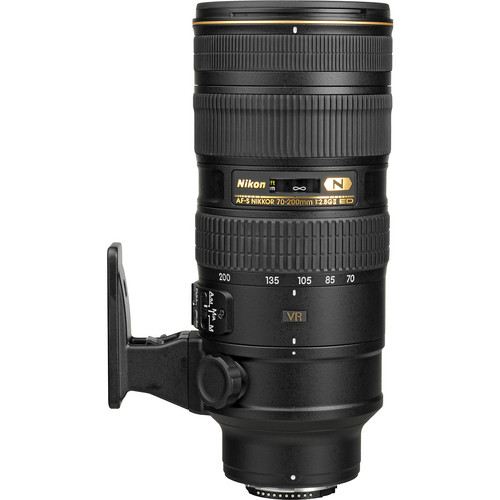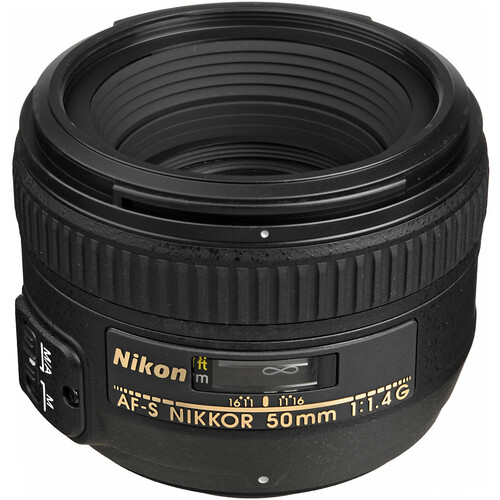
Lastolite Joe McNally 24" Ezybox vs Flashpoint 24” Softbox
My friends at Adorama sent me a Flashpoint 24” Softbox to see how I liked it, so I decided to do a very quick (like 20 minute) test to check it out. You know, this is the kind of thing you typically do when you get something new where you rip open the box and just try it out right away (while UPS is still on your block!). I was already a big fan of my Lastolite Joe McNally 24" Ezybox (which is just a branded version of this), so I thought I’d try it out really quick before watching a movie with my wife last night.

Ezyboxes collapse faster, but are huge. The Flashpoint is easier to travel stuff in your luggage
I couldn’t rope my wife into being a model, and my kids were getting the popcorn ready so please bear with my quick and dirty review here (and lame pics of yours truly with laying on the sofa hair <g>).
Physical Comparison
Before I discuss how each unit performs as a softbox, it’s important to discuss how practical they are as portable softboxes. This is where the Ezybox has set the golden standard (in my opinion) for great performance and easy of use.
Sure Westcott has the Apollo in a variety of sizes, but I never liked it because the flash is inside means that you either need something like Pocket Wizards or a sync cord because there is no line of sight with your trigger. I preferred to use my old 580EX II’s (or NikonSB-910’s) with line of sight rather than Pocket Wizards so the Apollo was out of the question for me.
Of course Westcott offers the outrageously priced $229+ magic slipper and softbox kits to match the Ezybox, but even that didn’t perform as well as the Ezybox and it wasn’t very portable. As a result, the Ezybox, trigrip (for shooting through) or an umbrella has always been my portable soft light solution.
As you can see from the photos above, the Ezybox collapses quickly into a nice flat triangle and comes with a storage bag, but it’s so large you can’t fit it in typical luggage bags. This means if you want to travel with this gadget then you need to carry it on the plan which is a bit of a hassle. The first thing I noticed about the Flashpoint was how compact it was because I knew I could toss that into any of my existing luggage bags.

Ezybox includes everything you need like a plastic slipper that holds your flash
Setting up the Ezybox is equally easy but over time it gets a little wonky shaped (see above) unless you wrestle with it a bit. It’s okay though because light doesn’t care much if the box is a bit off kilter – it just works. It features a plastic slipper for your flash that just pops in the back and it also has proven to be durable and just work.

Inside the Ezybox there is a inner baffle and it comes with white or silver inside
The Ezybox works like a proper softbox and even features an inner baffle. My McNally version has a white interior, but it’s also available in silver as well. What’s more, the Velcro on the recessed lip on the inside and around the outside can be used to mount accessories like an eggcrate grid.

Ezybox vs Flashpoint side view
When you put the Ezybox next to the Flashpoint, you quickly see the quality advantage of the Ezybox which drives up the price, but you also see that the Flashpoint offers the same size box for a fraction of the cost.

Ezybox vs Flashpoint head on view
Head on you quickly see one big difference – the Ezybox has a smaller surface area thanks to its very nice recessed design. However, both offer roughly the same amount of soft light for your subject, so the biggest difference here is the control you get from the recessed design.
If you look inside of the Flashpoint you see a very “Apollo-like” interior with no inner baffle or obvious support for accessories:

The No-Frills Flashpoint Interior
It’s Spartan, but it works. From behind it’s much like the Ezybox, but it uses a much taller tower of brackets:

Flashpoint Rear View
Setting up the Flashpoint is much more challenging thanks to its very annoying tent-like poles (shown in the first picture in this article) that are common to pro softboxes. While nicely designed Velcro straps help make inserting and removing the last two very easy, its still a pain and not as quick as the all-in-one design for the Ezybox by Lastolite.
Softbox Performance Comparison

Flashpoint behind the scenes setup
Since I was alone and in a hurry, I tried to do this quick test on the cheap. Instead of using my reflector (which I’d get out later), I just grabbed a piece of foil and tossed it on a tripod for a quick mild fill light on the opposite side of the Flashpoint box. It wasn’t pretty, but it worked. On the white seamless I just tossed a purple Rogue Gel on a flash to get a little color in the background.

Flashpoint test #1 (f/2.8 for 1/60 sec @ ISO 400)
Initially I used my 600EX-RT flash with the ST-E3 in radio mode to trigger them, but I’d switch to a 580EX II’s triggered by optical instead radio just to give them a real workout. They performed well, so I got started with my testing. As you can see from my setup and the shot above, this simple one light configuration turned out okay. Sure, I could have dialed it in better but what I saw was that I got nice soft light from the Flashpoint, so I was happy.

Ezybox test #1 (foil shown off my arm, but it was on my arm for the close up)

Ezybox test #1
I got less light spill and a slightly softer light with the Ezybox, but overall the two performed equally well. There’s lots of tests I could do here, but I just wanted to see if I could get this basic shot – it did it with no problem. I had more shots than you see here, but the performance was similar so I just grabbed one randomly to demonstrate that it doesn’t suck for you.

Over and under "Clamshell" setup with reflector
Just in case anyone might complain that neither of these boxes gives much light, I thought I’d have fun with a clamshell setup to show that bright light is no problem.

Flashpoint test #2 (f/13 for 1/60sec @ ISO 100)
You’ll notice here that I was able to do f/13 at ISO 100 with no problem (at 0EV and ETTL). I also elected to use a 580EX II only with a 600EX-RT as a optical trigger (but a ST-E2 or another 580 would have worked just as well) to show that you can use older flashes (and whatever you need to trigger them) and get good results.
Conclusion
While I hated the complexity of setting the Flashpoint up, the reality is that you get used to it really quick and it only takes a few minutes longer than the super easy Ezybox. Lightwise they both performed well, but I did prefer the Ezybox recessed design which helps prevent as much light spillage and also the interior baffle to soften the light even more. Both of these issues could be addressed by the do-it-yourselfer, so for those on a budget the Flashpoint 24” Softbox offers a great value. It’s also can’t be emphasized enough how easy it is to air travel with the Flashpoint vs the Ezybox, so some may find it worth picking up a Flashpoint for that reason alone.
Where to order
Click here to order the Flashpoint 24” Softbox or you can click here to order the Lastolite Joe McNally 24" Ezybox on the Adorama web site.
Other articles you may enjoy
If you enjoyed this article, you may also enjoy these:
Disclosure
If you make a purchase using links found in this article, I may make a commission. It doesn’t cost you a penny more, but it does help to support future articles like this. While I paid for my Ezybox, I was given a Flashpoint soft box – at my request – by Adorama for testing for this review.
NOTE: This site requires cookies and uses affiliate linking to sites that use cookies.
. Either way, your support is greatly appreciated!
This blog is intended for freelance writing and sharing of opinions and is not a representative of any of the companies whose links are provided on this site.
The opinions provided are of Ron Martinsen alone and do not reflect the view of any other entity
































